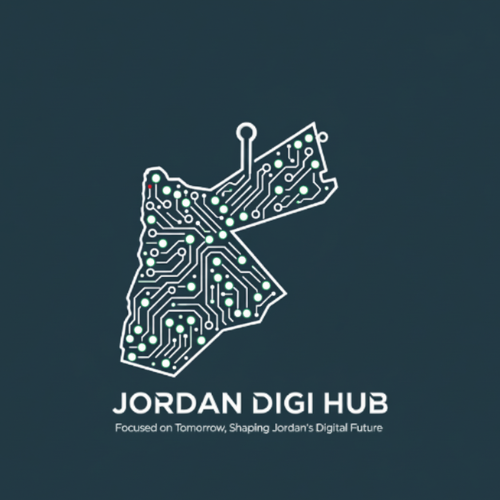As businesses and individuals increasingly rely on digital technologies, cybersecurity has become more critical than ever. From online banking and cloud computing to IoT devices and remote work, the digital landscape offers countless opportunities—but it also presents serious risks. Protecting sensitive information, maintaining trust, and safeguarding infrastructure are essential in today’s interconnected world.
Firewalls, antivirus software, and intrusion detection systems
Multi-factor authentication (MFA) for sensitive accounts
Regular software updates and patch management
2. Educate Employees Human error remains one of the leading causes of security breaches. Training employees to recognize phishing attempts, use strong passwords, and follow security protocols is crucial.
3. Protect Data
Encrypt sensitive information both in transit and at rest
Implement secure backup solutions
Ensure compliance with data protection regulations (e.g., GDPR, CCPA)
4. Monitor and Respond
Continuous monitoring of networks for suspicious activity
Rapid incident response plans to minimize damage
Regular security audits and vulnerability assessments
5. Leverage Advanced Technologies AI and machine learning can help detect threats in real-time, identify anomalies, and predict potential attacks. Cybersecurity platforms increasingly rely on these technologies to stay ahead of evolving threats.
The Growing Importance of Cybersecurity
Cyber threats have evolved rapidly, becoming more sophisticated, frequent, and damaging. Data breaches, ransomware attacks, phishing schemes, and malware can compromise sensitive information, disrupt operations, and cause reputational harm. In this digital age, cybersecurity is not just an IT issue—it is a core business priority.Organizations must adopt proactive measures to prevent attacks, detect vulnerabilities, and respond effectively when breaches occur. A strong cybersecurity posture ensures that businesses can operate safely and maintain the confidence of customers, partners, and stakeholders.
Key Cybersecurity Strategies
1. Implement Robust Security MeasuresFirewalls, antivirus software, and intrusion detection systems
Multi-factor authentication (MFA) for sensitive accounts
Regular software updates and patch management
2. Educate Employees Human error remains one of the leading causes of security breaches. Training employees to recognize phishing attempts, use strong passwords, and follow security protocols is crucial.
3. Protect Data
Encrypt sensitive information both in transit and at rest
Implement secure backup solutions
Ensure compliance with data protection regulations (e.g., GDPR, CCPA)
4. Monitor and Respond
Continuous monitoring of networks for suspicious activity
Rapid incident response plans to minimize damage
Regular security audits and vulnerability assessments
5. Leverage Advanced Technologies AI and machine learning can help detect threats in real-time, identify anomalies, and predict potential attacks. Cybersecurity platforms increasingly rely on these technologies to stay ahead of evolving threats.




